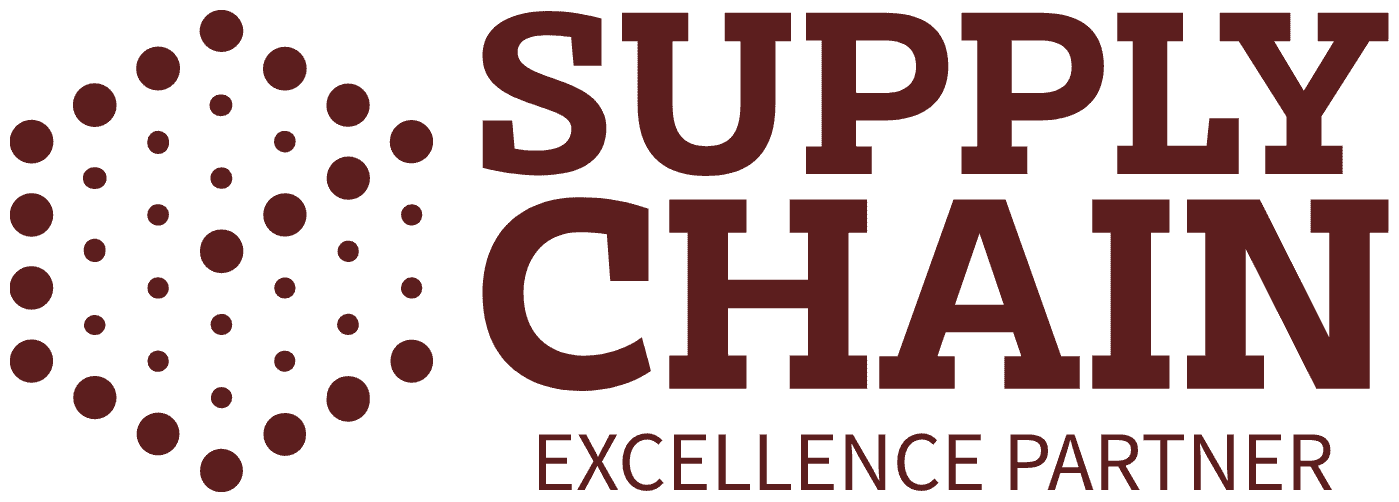The AI Starter Kit
Artificial intelligence – but with a plan, please.
Many companies want to get started with AI, but don't know how, where, or with what. Instead of strategy papers or expensive pilot projects, they need a clear, practical approach. That's exactly why we developed this product.
In three structured steps, you identify relevant AI use cases, evaluate their potential, and lay the foundation for targeted implementation. Fast, easy to understand, and no technical knowledge required.
Typical starting points for our customers
“We want to start with AI, but we don't know where to begin.”
“We have many ideas – but no prioritization.”
“We need something tangible that we can present internally.”
What we can achieve together with you
“We need something tangible that we can present internally.”
We provide you with a structured approach that can be implemented immediately.
We prepare the ground for focused, successful AI projects – and avoid knee-jerk reactions.
Scope of services – What is included in the Technology Radar
📽️ Guided video training (60 minutes total time)
We guide you through the phases in three clear modules:
Recognize potential
Evaluate use cases
Assess feasibility
Including specific practical examples.
📊 Use Case Assessment Tool (interactive template)
Can be used for multiple areas or projects. With criteria such as data availability, automatability, business impact, and technical feasibility.
✅ Checklist: “Is this process AI-ready?”
Ideal for quickly assessing processes and ideas – can be used by specialist departments, teams, or workshops.
📄 Pitch template for internal decision-makers
Communication of results: structured, visually appealing, convincing.
What the AI Starter KIT offers
They bring clarity to the AI jungle.
Instead of general advice, you will receive a concrete toolset for self-application.
You can convince people internally.
With arguments, evaluation, and a clear roadmap, you create alignment instead of resistance.
You avoid typical false starts.
You only prioritize what is technically feasible and economically viable.
You save time, money, and energy.
No conceptual work without direction – instead, targeted preparation for your next steps.
